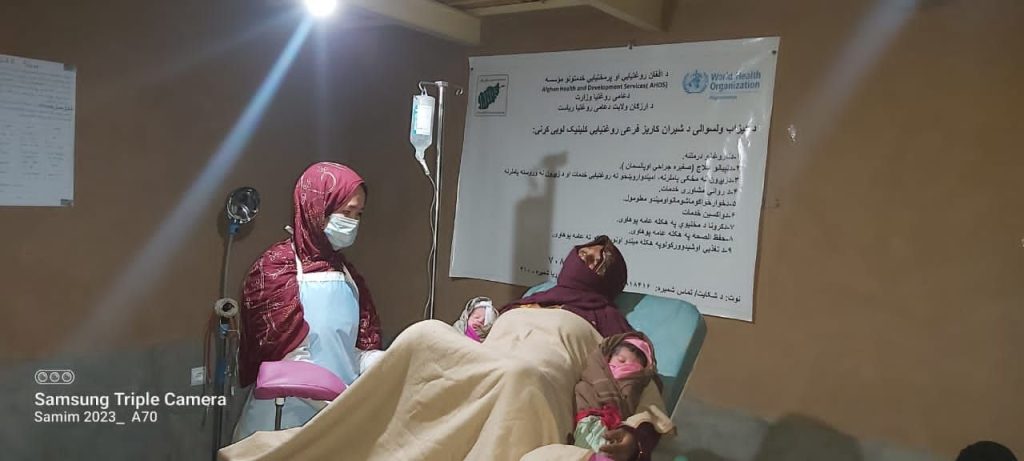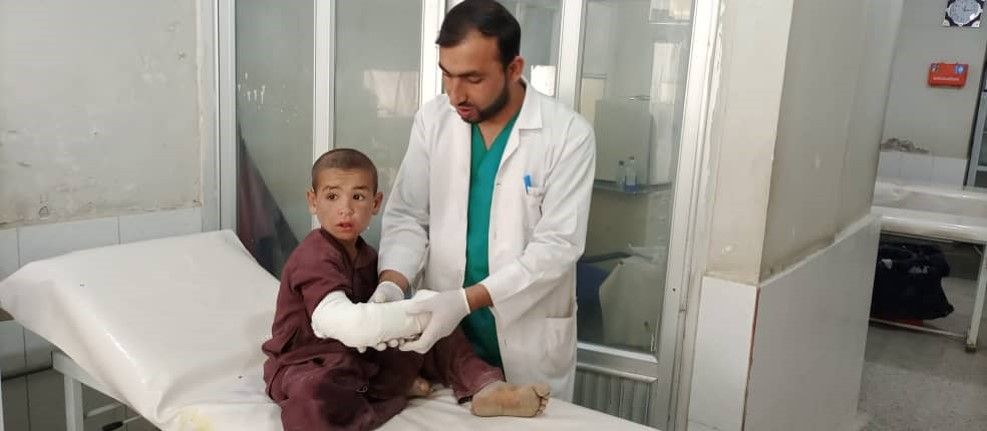Lifesaving PHC in white areas
In 2023, an estimated 28.3 million people (two thirds of Afghanistan’s population) will need urgent humanitarian assistance, a 16% increase from the 24.3 million people needing assistance in 2022. As for health, it is projected that more than 17.6 million people (53% children) will require humanitarian health assistance in 2023, with five million living in urban areas and 12.6 million in rural areas.
WHO reports that Afghanistan continues to face multiple disease outbreaks a significant surge of acute watery diarrhea (AWD) cases has been observed across the country. For measles, although the number of cases has decreased, all provinces continue to report cases. Crimean-Congo hemorrhagic fever (CCHF) cases, including six associated deaths, have been reported from 13 provinces while a surge of new dengue fever cases was reported. Furthermore, flash flooding increased in July, inflicting multiple causalities. Heavy rains also damaged thousands of houses and impacted infrastructure, such as roads and bridges.
The south region provinces are mostly the tribal societies. They are mainly mountainous or semi-mountainous areas. The residents face with multiple crises including displacement, poverty, drought, weak investment in basic health services. Most of the population are in need to humanitarian services.

This project is intended to provide quality primary healthcare (PHC) services in underserved areas in the southern region of Afghanistan (Helmand, Nimroz, Zabul and Urozgan provinces) through 29 static health facilities; 7 basic health centres (BHCs) and 24 Sub health centres (SHCs) to reduce morbidity and mortality. The services include the seven components of the Basic Package of Health services (BPHS); 1) Maternal and newborn health, 2) Child Health and Immunization including OPV, 3) Public Nutrition, 4) communicable disease, 5) Mental Health, 6) Disabilities and Physical Rehabilitation, and 7) Regular supplies of essential drugs, in addition to non-communicable disease (NCDs) screening.
The project goal is to enhanced and provide lifesaving support for the people in need in Helmand, Nimroz, Urozgan and Zabul provinces through provision of primary health care services. Direct beneficiaries are about 232,976 people. The project is funded by WHO.

